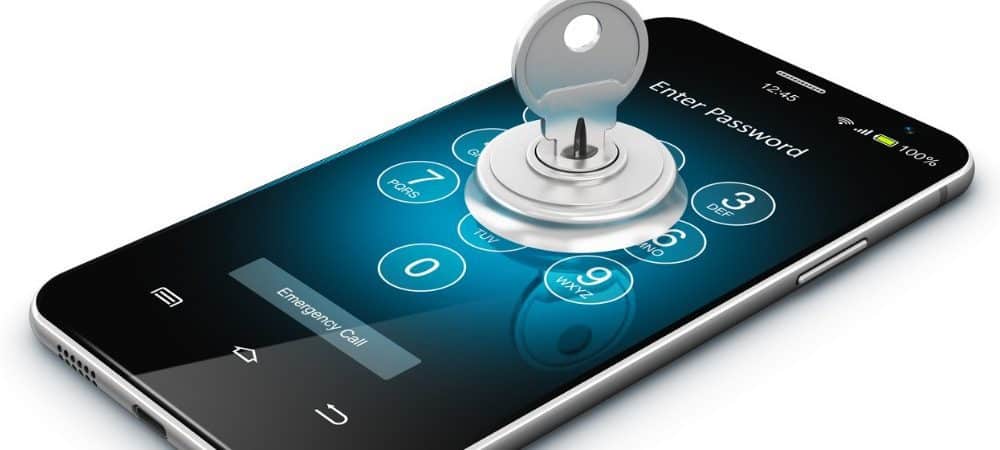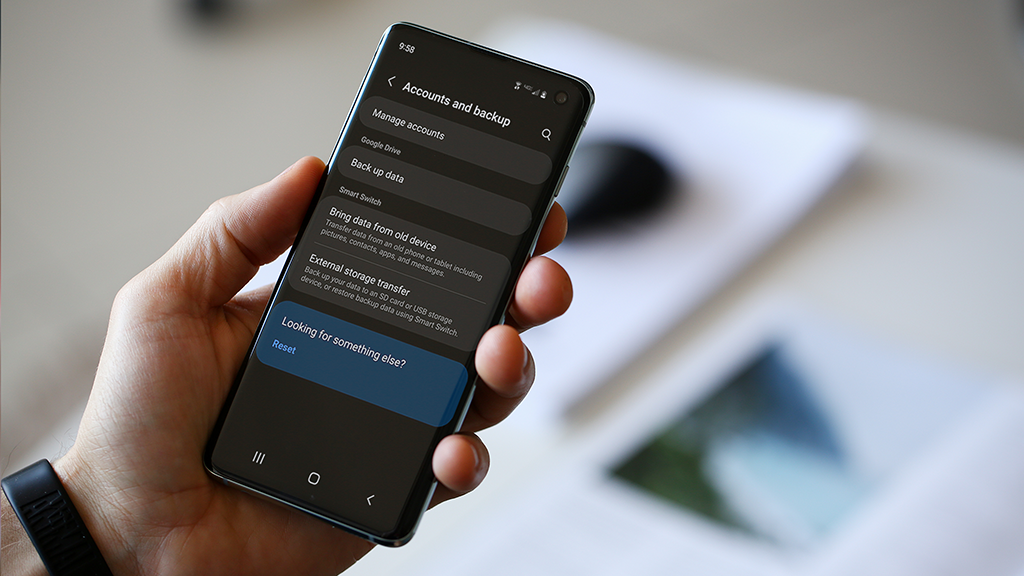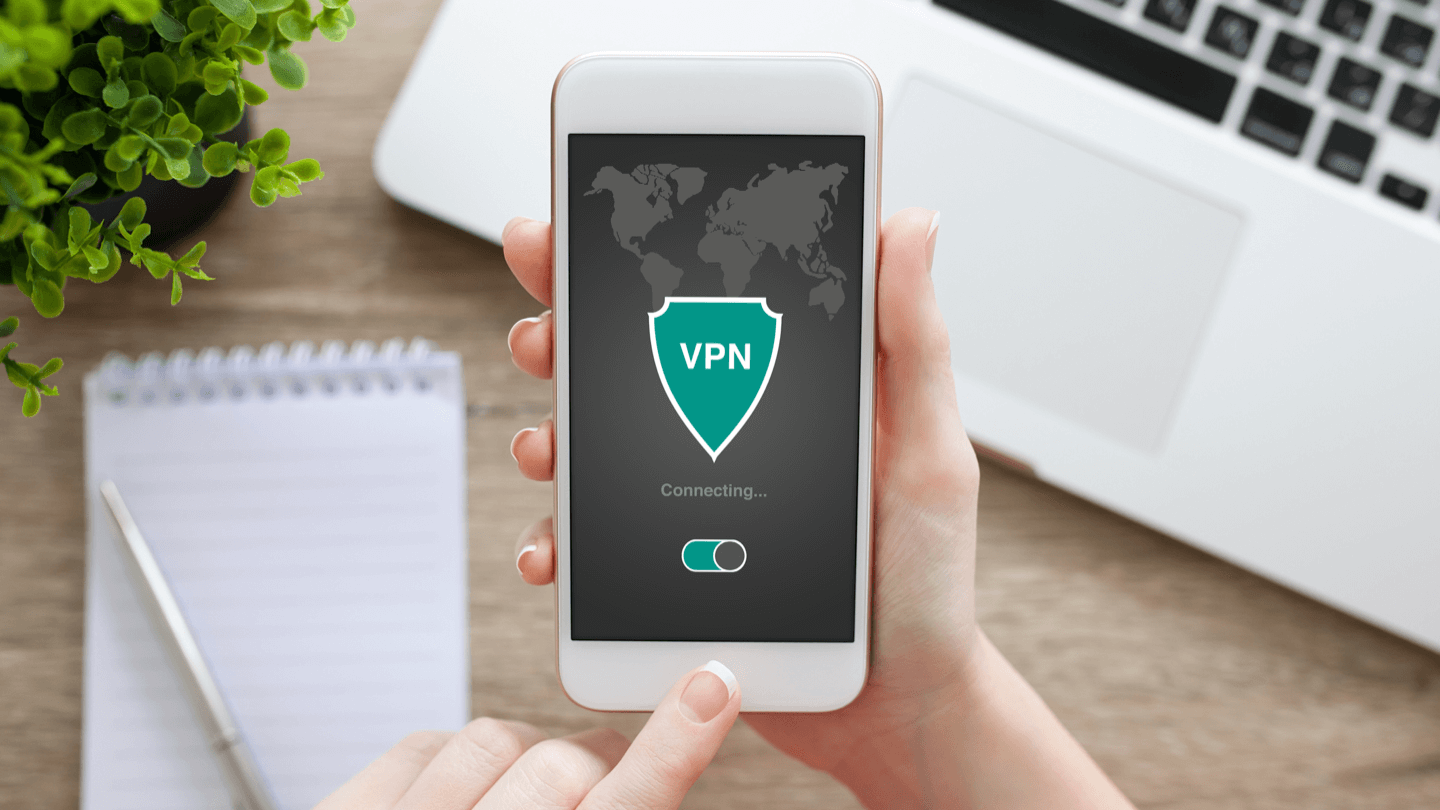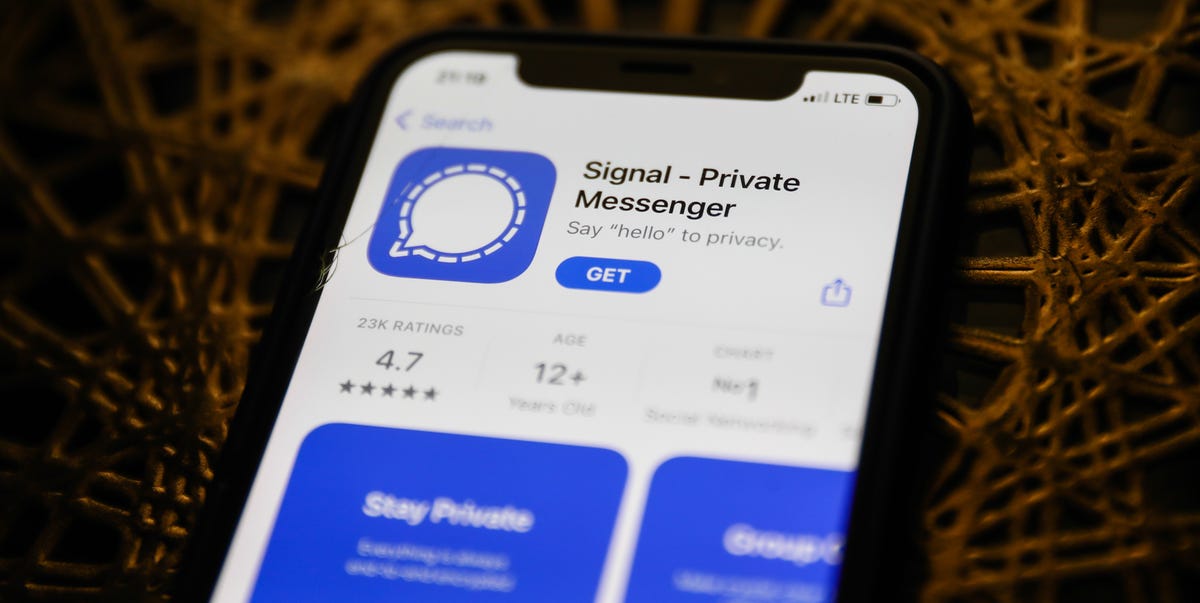There is no doubt that Android phones are more secure than they were a few years ago. However, there are still some security concerns that need to be considered when using these devices.
One of the biggest concerns is the fact that Android is an open source operating system. This means that anyone can access the code and make changes to it. While this can be a good thing for developers, it also means that there are potential security risks.
Another concern is the way in which Android apps are distributed. Unlike iOS apps, which are only available through the App Store, Android apps can be downloaded from a variety of sources. This makes it difficult to know if an app is safe to install.
Finally, it is important to remember that Android phones are not as secure as they could be. There are a number of security features that are not yet available on these devices. As such, it is important to take extra care when using your Android phone.
Despite these concerns, there is no doubt that Android phones are more secure than they were a few years ago. With the right precautions, you can use your device with confidence.
Seven tips to help you secure your Android phone:
-
Keep your software up to date
One of the best ways to keep your Android phone secure is to make sure that you have the latest security updates installed. Google releases security updates on a regular basis, and it’s important to install them as soon as they are available. You can check for updates in the Settings app on your phone.
-
Use a lock screen pattern or PIN

Another way to help secure your Android phone is to use a lock screen pattern or PIN. This will help prevent someone from being able to access your device if it is lost or stolen. You can set a lock screen pattern or PIN in the Security settings on your phone.
-
Use a secure messaging app
If you want to protect your privacy, it’s important to use a secure messaging app. There are many different apps available, but some of the more popular ones include Signal and WhatsApp. These apps use end-to-end encryption, which means that your messages are only accessible to the people who you are communicating with.
-
Be careful what you install

One of the risks of using an Android phone is that you can inadvertently install malware. This can happen if you download apps from untrustworthy sources or click on malicious links. To help avoid this, only install apps from trusted sources such as the Google Play Store. And be sure to read the reviews before you install anything.
-
Use two-factor authentication

If you use a service that offers two-factor authentication, such as Google or Dropbox, be sure to enable it. Two-factor authentication adds an extra layer of security by requiring you to enter a code that is sent to your phone in addition to your password. This makes it much more difficult for someone to gain access to your account if they manage to steal your password.
-
Back up your data

Another good way to help secure your Android phone is to back up your data regularly. This way, if your device is lost or stolen, you will still have a copy of your data. There are many different ways to back up your data, but one option is to use a service like Google Drive or iCloud.
-
Use a VPN

If you want to protect your privacy when using public Wi-Fi, it’s a good idea to use a VPN. A VPN encrypts your traffic and routes it through a secure server, making it much more difficult for someone to snoop on your activity. There are many different VPN providers available, but some of the more popular ones include ExpressVPN and NordVPN.
Overall, Android phones are secure, but there are always risks to consider. By being aware of the potential threats and taking steps to protect yourself, you can help to keep your device and data safe.
Source by www.droidviews.com































